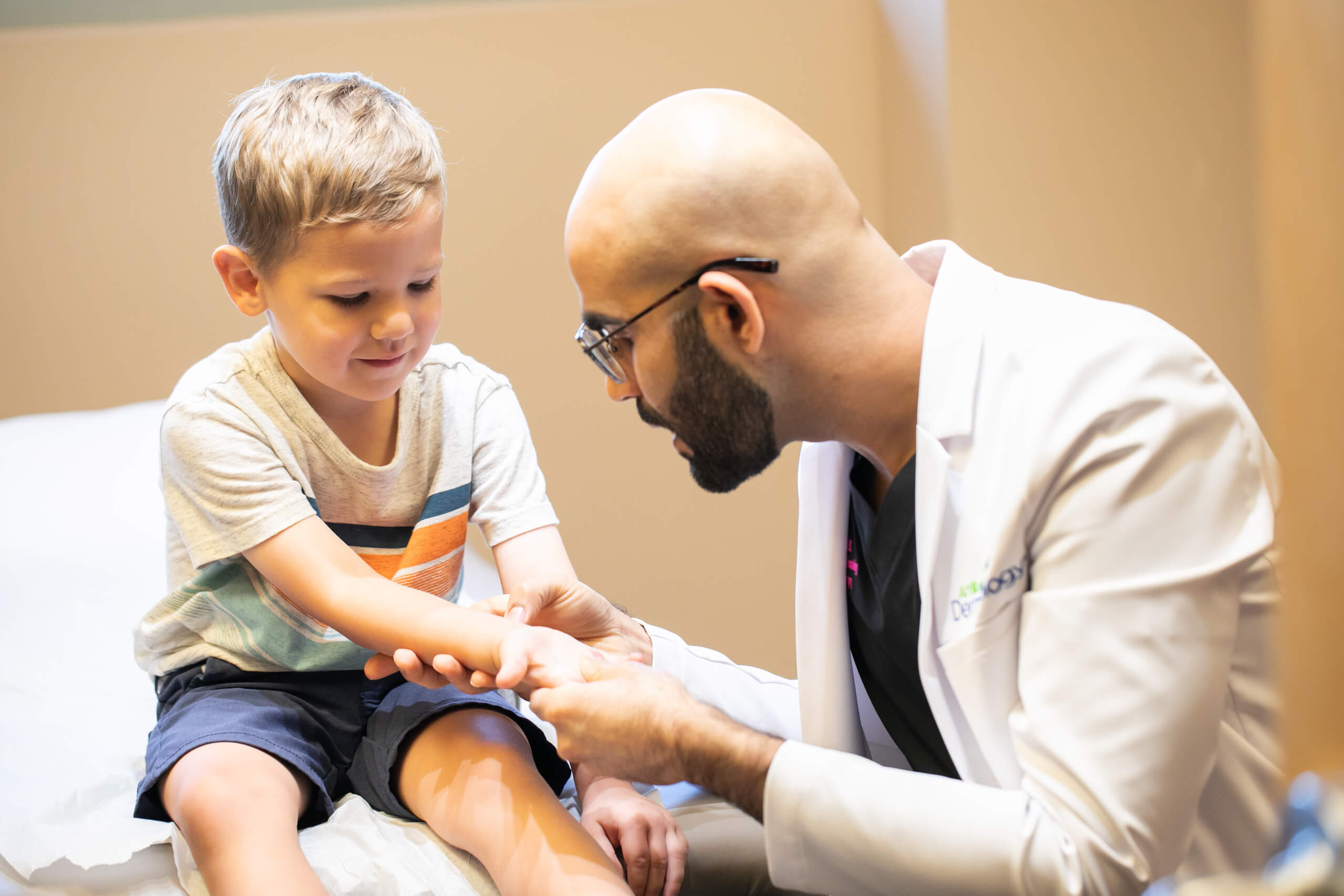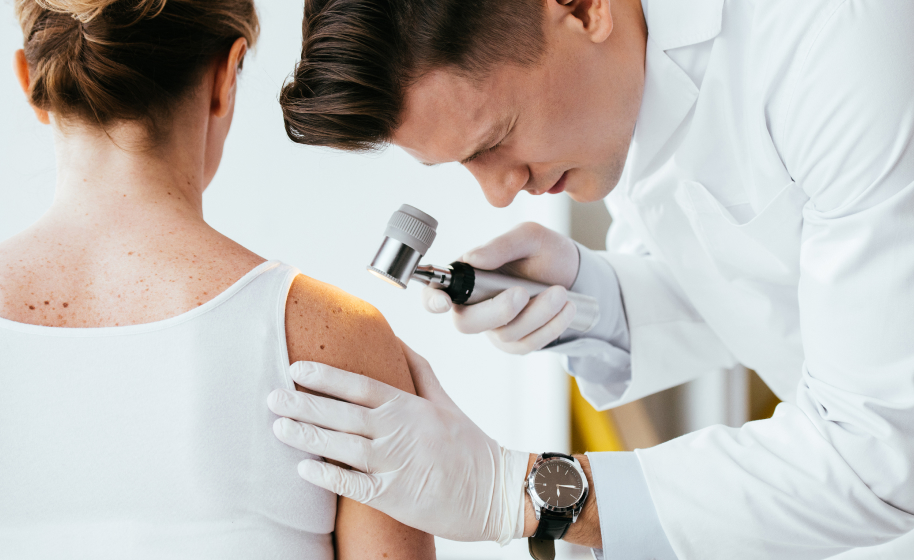Protect your skin potential skin cancer with early detection and professional treatment options.
Protect your skin potential skin cancer with early detection and professional treatment options.
Blog Article
Navigating Skin Cancer Treatment: The Necessary Role of Mohs in Modern Dermatology Practices
Skin cancer cells, a difficult diagnosis, usually leaves individuals grappling with numerous therapy alternatives. As we check out the intricacies of this treatment, one will value its essential role in skin cancer cells treatment.
Understanding Skin Cancer Cells: Types and Dangers
Skin cancer, a possibly dangerous ailment, is much more widespread than lots of people recognize. This disease, brought on by the uncontrolled development of irregular skin cells, largely results from DNA damage due to exposure to the sunlight and ultraviolet (UV) light. There are three primary types of skin cancer cells: Basal cell carcinoma, Squamous cell cancer, and Cancer malignancy. While the previous 2 are much less deadly and make up most of identified situations, cancer malignancy is the most hazardous. It represents only concerning 1% of skin cancer instances yet triggers the vast majority of skin cancer deaths - chemical peel. Risk factors include reasonable skin, history of sunburn, too much sun direct exposure, living at high elevations or close to the equator, having many moles, a family members background of skin cancer cells, and compromised immune system.
What Is Mohs Surgery and Just How It's Transforming Skin Cancer Therapy
Regardless of the various therapies presently readily available for skin cancer cells, Mohs surgery stands out as a groundbreaking and extremely reliable service. Named after Frederic E. Mohs, the doctor who created the procedure, Mohs surgical procedure is a precise surgical strategy utilized to deal with skin cancer cells. During the procedure, slim layers of cancer-containing skin are considerably gotten rid of and examined till just cancer-free tissue continues to be. This technique allows the doctor to confirm that all cancer cells have actually been eliminated at the time of surgical procedure. This level of accuracy, integrated with the capacity to save as much healthy tissue as possible, is reinventing skin cancer treatment. Consequently, Mohs surgical procedure has come to be a keystone of contemporary dermatology methods.
The Benefits of Mohs Surgical Procedure Over Conventional Skin Cancer Cells Treatments
Building on the cutting-edge nature of Mohs surgery, it's critical to consider its various benefits over typical skin cancer treatments. Unlike typical procedures, Mohs supplies a higher cure price, commonly getting to 99% for new treatments and 94% for recurrent look here cancers. This accuracy results from its unique method of progressively getting rid of and analyzing tissue layers up until only cancer-free cells remain (mohs surgery). In addition, it decreases damages to healthy skin, bring about less scarring and boosted cosmetic end results. Mohs additionally supplies instant outcomes, eliminating the anxiety-ridden delay typical with other techniques. It's cost-effective, as the surgery and tiny evaluation occur simultaneously, removing the demand for added research laboratory services. Thus, Mohs stands for a substantial improvement in skin-related practices.
The Procedure of Mohs Surgery: What to Anticipate Throughout the Refine

Prospective Side Impacts and Post-Operative Treatment of Mohs Surgery
Undergoing Mohs surgical procedure, like any kind of other medical treatment, includes potential negative effects that people ought to be mindful of. Typical adverse effects visit this site right here include discomfort, wounding, and swelling at the surgical treatment site. These are usually momentary and convenient with non-prescription pain medicine and ice packs. In unusual cases, people might experience infection, bleeding, or a sensitive reaction to the anesthetic. Post-operative treatment is essential to recovery and lessening side effects. This usually entails maintaining the wound clean and completely dry, taking prescribed drugs, and preventing strenuous activities. Patients must additionally go to all follow-up consultations for wound care and surveillance. Sometimes, extra treatments may be essential to make sure full removal of the malignant cells. Complying with these post-operative care guidelines can significantly enhance recuperation and results.
Final thought

Report this page